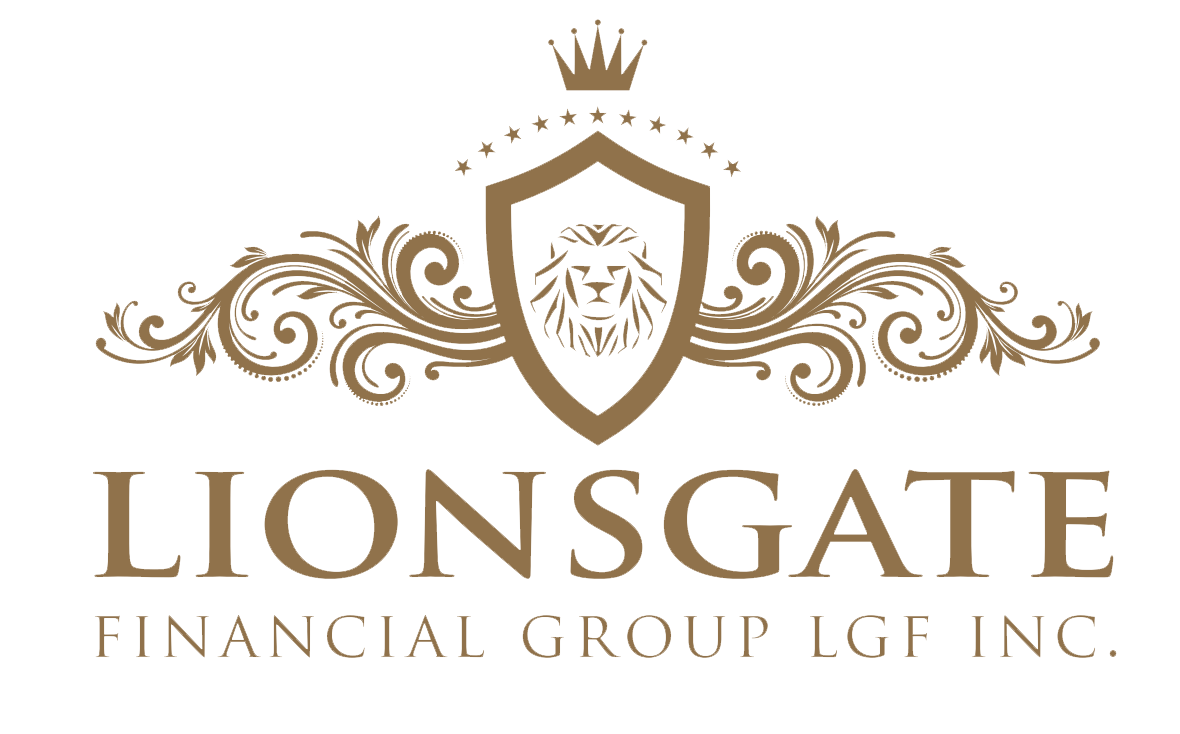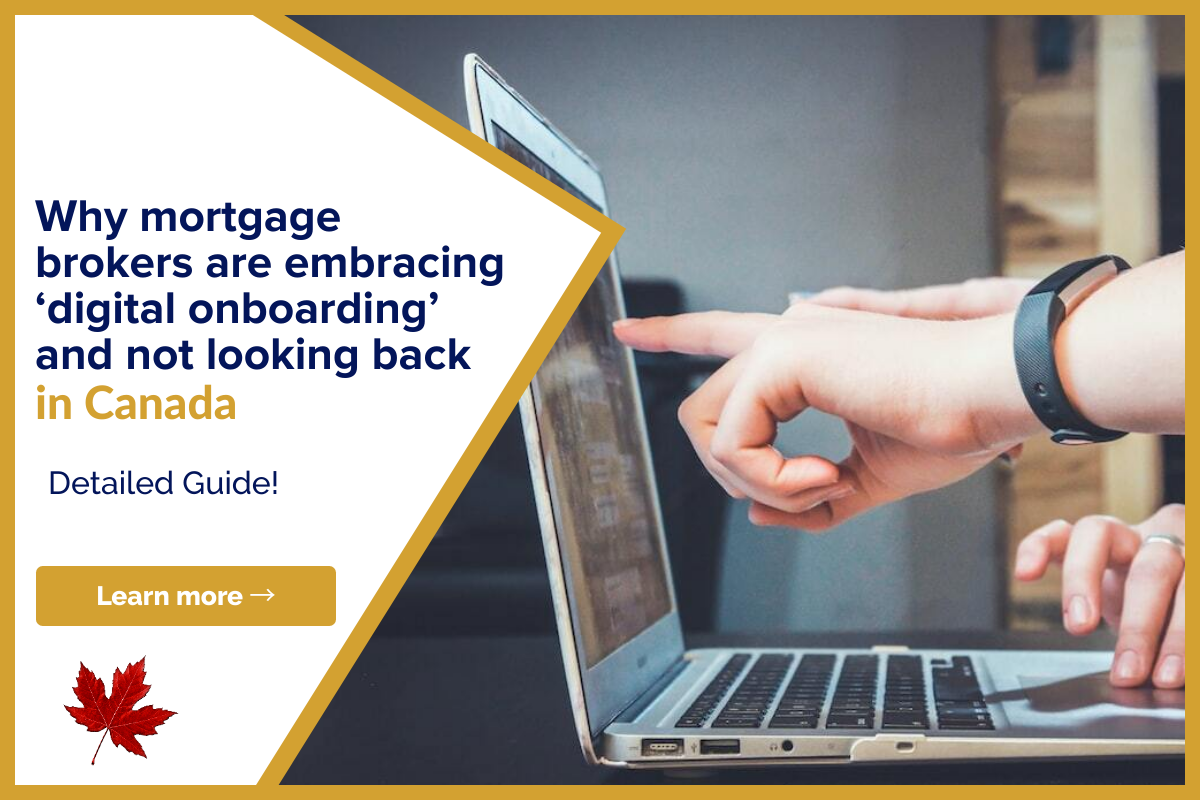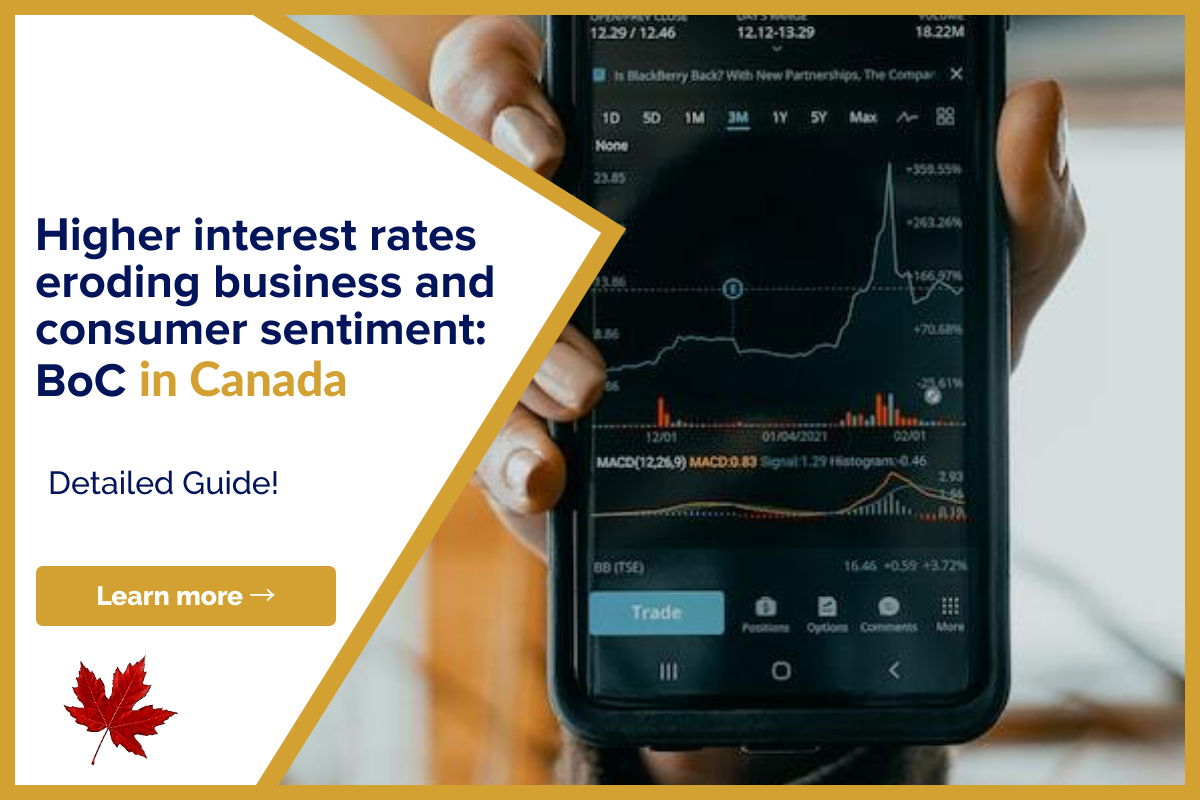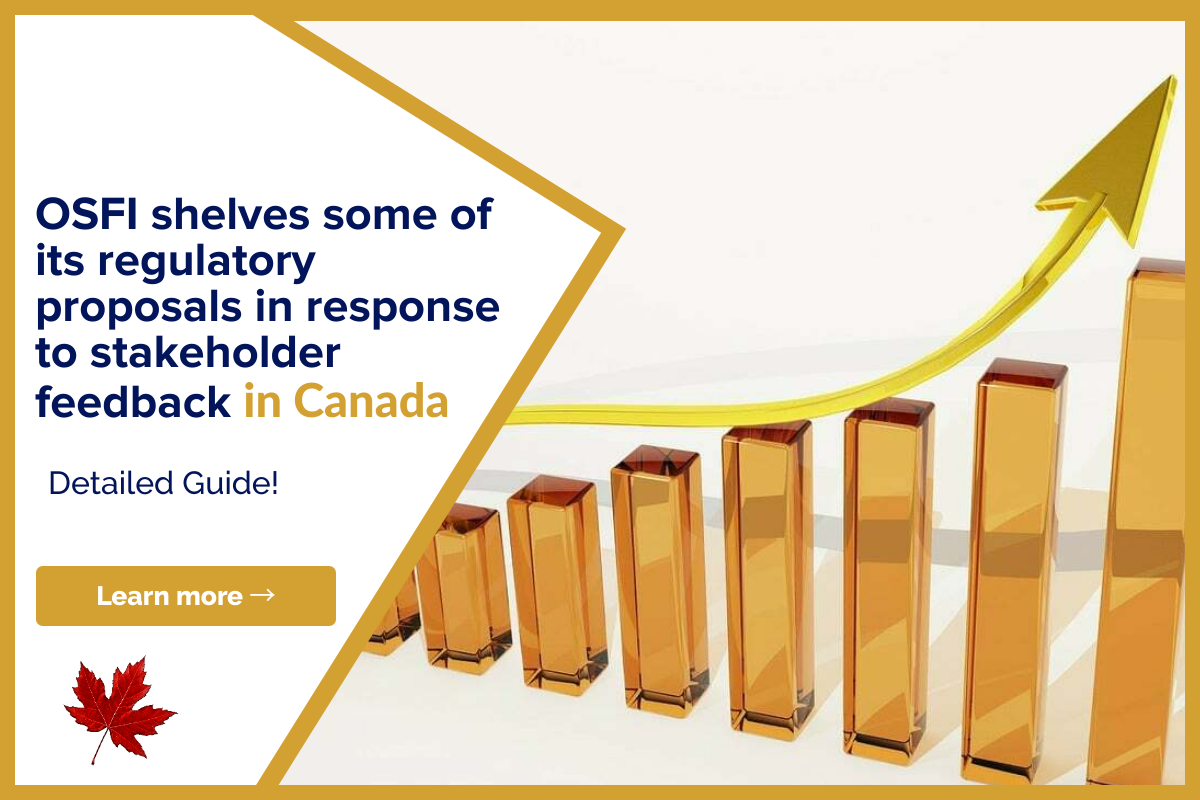During the early days of the mortgage business, brokers would require a lot of paperwork…

7 Simple Steps to Get Out of Credit Card Debt in Canada
Now you can listen to our blog, “7 Simple Steps to Get Out of Credit Card Debt in Canada”, while on the go.
Many Canadians are locked in a debt cycle, according to the figures. According to Statistics Canada, Canadian households are currently devoting 14.9 percent of their income to debt repayment, and the use of credit cards is on the rise. Because of the exorbitant interest rates, credit card debt is one of the worst types of debt to have.
Make a strategy to pay off your credit card debt as soon as possible this year if you just do one thing. You’ll have more money to save, invest, or spend, as well as set aside for emergencies if you don’t have credit card debt. Here are eight simple steps to get out of credit card debt in Canada if you’ve made it your goal to pay off credit card debt once and for all.
 Average Credit Card Debt in Canada
Average Credit Card Debt in Canada
While many Canadians are debt-free, those who are have more debt than ever before. According to a recent Equifax report, Canada’s average credit card debt is on the rise, with non-mortgage debt up 3.2 percent in the last year. The number of Canadians who are trying to pay off their debts has also increased. About 1.12 percent of Canadians are late on their debts, up 3.5 percent in the last year.
The average Canadian has $23,496 in non-mortgage debt, according to Equifax data. Debt loads peak between the ages of 46 and 55, with an average of $35,527.
7 Steps to Get out of Credit Card Debt
You don’t have to complete each step right away; the key thing is to get started on your path to credit card debt freedom.
1. Determine the amount of credit card debt you have
You can’t deal with your debt unless you know how much you owe overall. Examine each credit card’s most recent billing statement and create a spreadsheet with the balance due, the minimum monthly payment, and the interest rate. If you don’t know your interest rate or balance, contact your credit card company as soon as possible.
2. Make a financial plan
Create a budget to show you how much money you have leftover each month to spend toward debt after you know your entire debt load. Including accommodation, transportation, groceries, entertainment, and personal care, make a list of all expenses. Subtract the sum from your monthly take-home pay (after taxes). The remaining funds might be used to pay down your debt.
You may make a budget with good old-fashioned pen and paper, an Excel spreadsheet, or one of Canada’s top budgeting apps. You Need a Budget is our top pick, as it is a simple budgeting tool that can be downloaded on your iPhone, Android, iPad, and Apple Watch.
3. Use a promotional balance transfer offer to transfer your outstanding debt to a credit card
Getting a balance transfer credit card is a smart way to pay off debt faster. How it works: transfer your outstanding debt from a high-interest credit card to a new credit card with a low introductory balance transfer interest rate. The finest debt transfer credit cards in Canada offer promotional interest rates on balance transfers ranging from 0% to 13.99 percent. If you target the debt aggressively during the introductory period, this seamless maneuver could drastically cut your interest payments.
4. Reduce your interest rate
Lowering your interest rate is one approach to ensure that more of your money goes toward paying off your debt rather than interest payments. One option to acquire a reduced credit card interest rate is to phone your lender and request one. If you’re having problems paying off your credit card debt, it’s sometimes better, to be honest with your lender. Explain your situation to your lender, and they may offer you a temporary interest rate reduction.
Look no further if you’re seeking a low-interest credit card in Canada. It’s the next best thing to a balance transfer credit card, with regular interest rates on new purchases ranging from 8.49 percent to 13.99 percent. While this rate is higher than a 0% promotional balance transfer credit card, it is still lower than other credit cards’ interest rates of 18% or higher. Credit cards with low-interest rates and no or low annual fees, ranging from $29 to $39, are also available.
5. Target One Credit Card Debt at a Time
If you have a balance on more than one credit card, you’ll need to prioritize which one to pay off first. There are two main approaches to aggressively paying off many loans at the same time, both of which have value.
The “debt snowball” strategy is the first. Regardless of the interest rate, you should attack the debt with the smallest sum first, according to this technique. This ensures a speedy victory.
To deal with the credit card with the highest interest rate, you can employ the “debt avalanche” strategy. This method will get you out of debt the quickest, but it is also the most mentally demanding.
Both approaches are effective, but choose the one that best suits you when it comes to organizing a focused debt attack.
6. Make Additional Payments
Any extra money you get, such as increases, tax returns, or financial gifts, should go toward paying down your debt. This will help you pay off your debt faster and minimize the amount of interest you pay overall. If paying off all of your credit card debts with your windfall money seems unreasonable, make a compromise by investing 80 percent toward debt payments. Keep the remaining 20% to spend or save.
7. When Is It Time to Consolidate Your Credit Card Debt
Transferring your credit card debt to a balance transfer credit card may not be able to lessen your interest rate. Perhaps you have many credit cards with balances and can’t decide which one to pay off first. In that situation, a personal loan to consolidate your credit card debt can be a good option. You may easily apply for a loan online, and you can be approved the same day. Shop around for the best interest rate and make sure you understand the terms and restrictions.
The Bottom Line
At Lionsgate, we specialize in helping people obtain funding private mortgages for land purchases as well as for other real estate transactions. If you are looking to buy land in Canada, get a mortgage or apply for a loan, leave us a message and we will try to connect you with local realtors and sourcing for financing.
If you found this article helpful, please share it with someone you care about. Also, visit our blog to read similar articles on mortgages.





